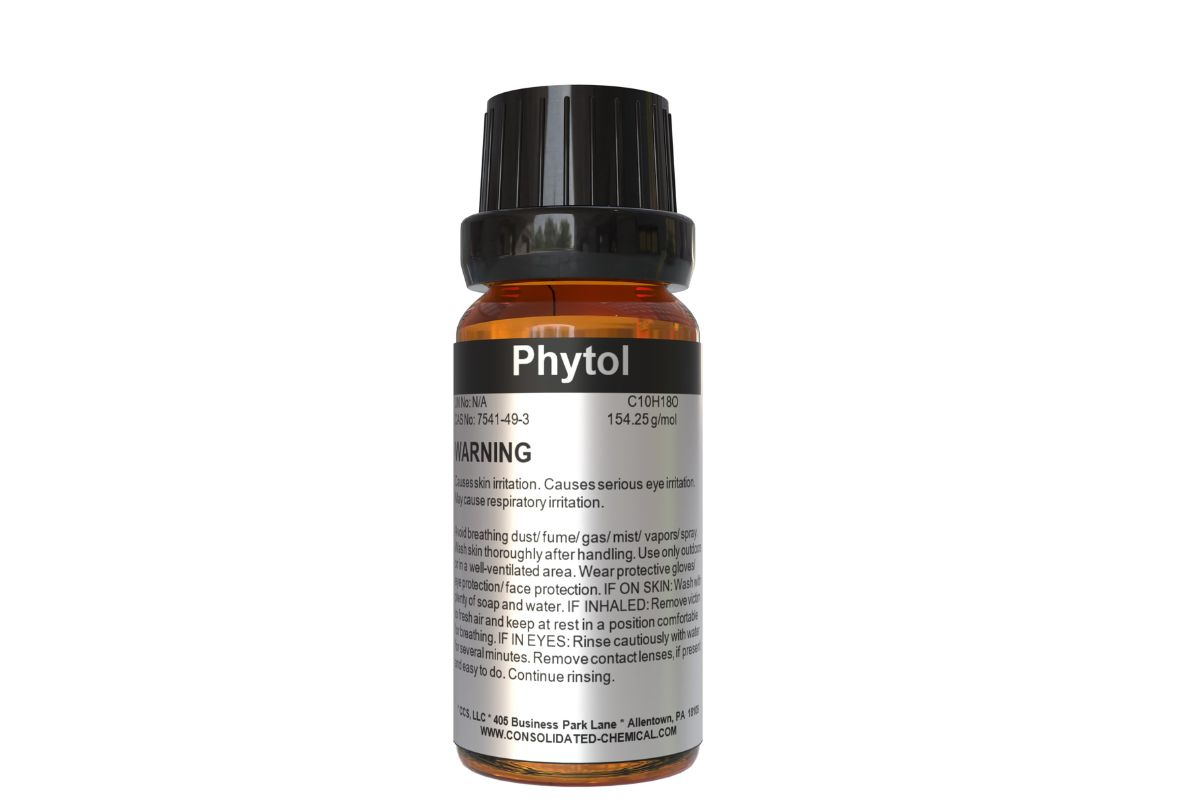
What is Phytolacca? Phytolacca, commonly known as pokeweed, is a plant that often sparks curiosity due to its striking appearance and historical uses. This perennial herb can grow up to 10 feet tall, boasting dark purple berries and vibrant green leaves. Is Phytolacca poisonous? Yes, all parts of the plant are toxic if ingested, especially the roots and berries. Despite its toxicity, pokeweed has been used in traditional medicine and even as a food source after careful preparation. Where does Phytolacca grow? It thrives in North America, particularly in the eastern United States, often found in fields, forests, and along roadsides. Why is Phytolacca important? Its historical significance, medicinal properties, and ecological role make it a fascinating subject for study.
What is Phytolacca?
Phytolacca, commonly known as pokeweed, is a plant with a rich history and many interesting aspects. Let's dive into some fascinating facts about this unique plant.
-
Native to North America: Phytolacca is originally from North America but has spread to other parts of the world.
-
Multiple Names: Known by various names such as pokeweed, pokeberry, and inkberry.
-
Tall Growth: Can grow up to 10 feet tall, making it quite a towering plant.
-
Colorful Berries: Produces dark purple berries that are visually striking but toxic.
-
Medicinal Uses: Historically used in traditional medicine for its anti-inflammatory properties.
Toxicity and Safety Concerns
Despite its medicinal uses, Phytolacca is highly toxic and must be handled with care.
-
Toxic Berries: The berries are toxic to humans and animals if ingested.
-
Poisonous Roots: Roots contain the highest concentration of toxins.
-
Skin Irritation: Handling the plant can cause skin irritation in some people.
-
Cooking Reduces Toxicity: Cooking young shoots can reduce their toxicity, making them safe to eat in small amounts.
-
Birds Love It: Birds can eat the berries without any harmful effects, helping in seed dispersal.
Historical and Cultural Significance
Phytolacca has played a role in various cultures and historical contexts.
-
Native American Use: Native Americans used the plant for medicinal purposes and as a dye.
-
Civil War Ink: During the American Civil War, soldiers used the berries to make ink for writing letters.
-
Folk Remedies: Often featured in folk remedies despite its toxicity.
-
Symbolism: In some cultures, it symbolizes resilience due to its ability to thrive in poor soil conditions.
Ecological Impact
Phytolacca has a significant impact on its environment, both positive and negative.
-
Invasive Species: Considered invasive in some regions due to its rapid growth.
-
Soil Enrichment: Helps enrich soil with organic matter as it decomposes.
-
Wildlife Habitat: Provides habitat and food for various wildlife species.
-
Erosion Control: Its deep roots help prevent soil erosion.
Interesting Botanical Features
Phytolacca boasts several unique botanical characteristics.
-
Perennial Plant: Lives for more than two years, regrowing each spring.
-
Large Leaves: Leaves can grow up to 16 inches long.
-
Flower Clusters: Produces small, white to greenish flowers in clusters.
-
Rapid Growth: Known for its rapid growth rate, especially in favorable conditions.
Modern Uses and Research
Phytolacca continues to be a subject of modern research and has various contemporary uses.
-
Cancer Research: Some compounds in the plant are being studied for potential anti-cancer properties.
-
Homeopathy: Used in homeopathic remedies for various ailments.
-
Natural Dye: The berries are still used as a natural dye for fabrics and crafts.
-
Pest Control: Some gardeners use it as a natural pest deterrent.
-
Bioremediation: Potential use in bioremediation to clean up contaminated soils.
Final Thoughts on Phytoplankton
Phytoplankton might be tiny, but they pack a punch when it comes to their impact on our planet. These microscopic organisms are the unsung heroes of the ocean, producing oxygen, supporting marine life, and even influencing global climate patterns. Their role in the carbon cycle helps mitigate climate change by absorbing carbon dioxide. Without them, the ocean's food web would collapse, affecting everything from the smallest fish to the largest whales. Understanding and protecting phytoplankton is crucial for maintaining the health of our oceans and, by extension, our planet. So next time you think about the ocean, remember the tiny phytoplankton working tirelessly to keep our world in balance. Their importance can't be overstated, and they deserve our attention and care.
Was this page helpful?
Our commitment to delivering trustworthy and engaging content is at the heart of what we do. Each fact on our site is contributed by real users like you, bringing a wealth of diverse insights and information. To ensure the highest standards of accuracy and reliability, our dedicated editors meticulously review each submission. This process guarantees that the facts we share are not only fascinating but also credible. Trust in our commitment to quality and authenticity as you explore and learn with us.
